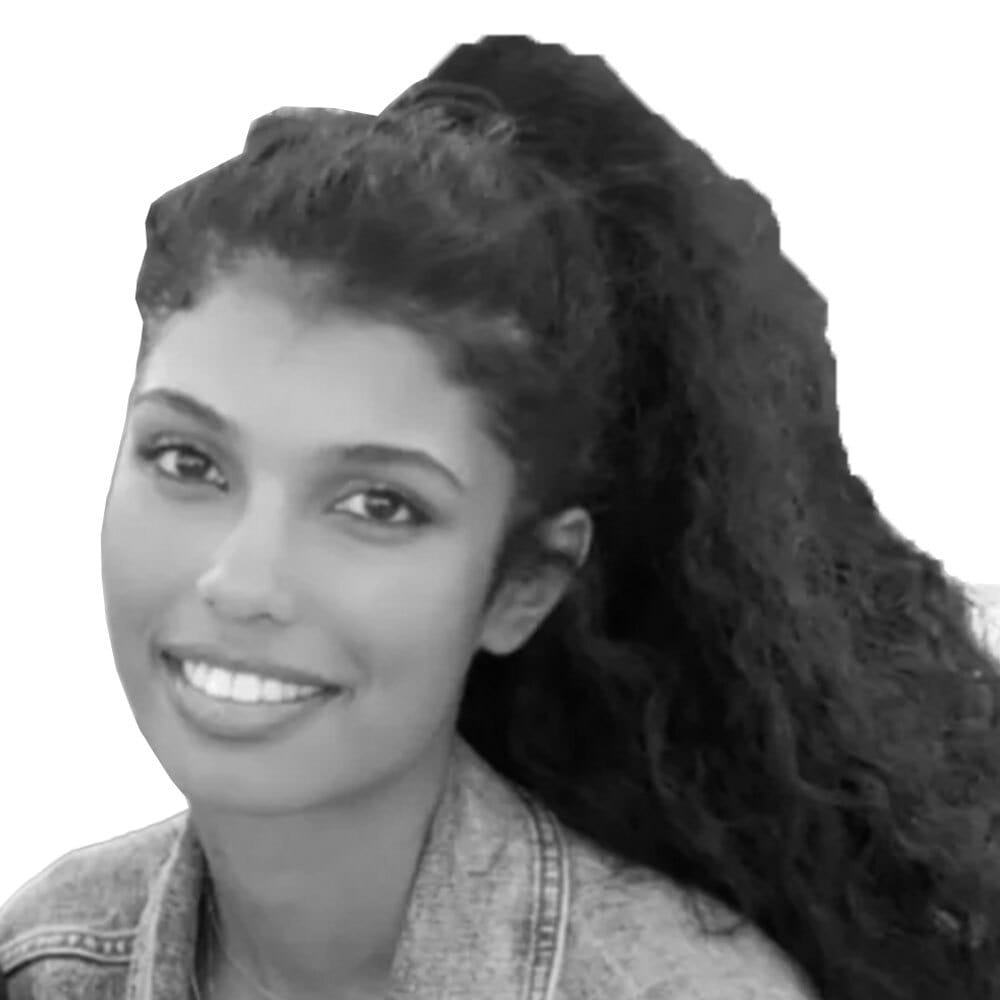Innovation
Photo Illustration by Thomas Levinson/The Daily Beast/Getty
Gen Z Is Ready to Torpedo Social Media’s Echo Chambers
DARKEST TIMELINE
My generation is getting sucked into the waste created by content algorithms—and we’re paying a huge price for it.
opinion

Trending Now





